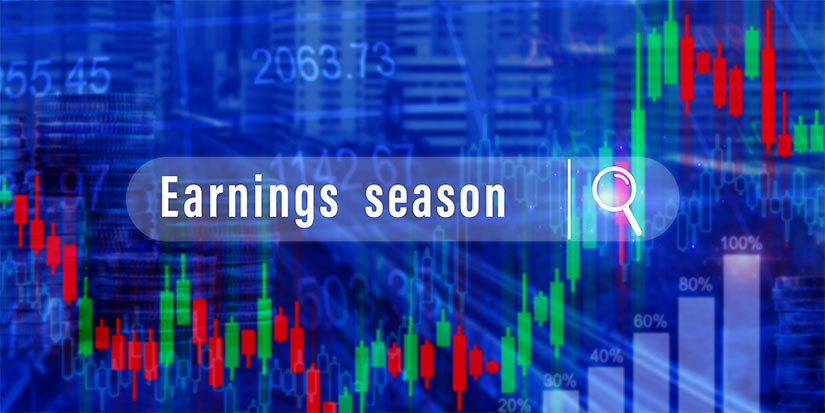It’s mid-February and earnings season is in full swing. All I really want to know is if Mr. Market is going to be my Valentine… or not. Earnings data hits, political comments are made, and investors react. The CNN Fear & Greed Index is at dead neutral.
Maybe I should just sit on the balcony and pluck petals off a daisy for a read on how 2025 will treat us. Heck, I might even break out my old Magic 8 Ball stored in the garage. Though I suspect it would advise “reply hazy, try again.”
As of last Friday, 62% of S&P 500 companies had reported results for 2024. Of those, 77% had EPS above estimates. This is in line with the 5-year average, and slightly above the 10-year average. This final quarter of 2024 is expected to mark the sixth consecutive quarter of year-over-year earnings growth for the S&P 500.
So why is the index up just 3.4% year to date?
Have investors failed to notice the earnings beats? Were the estimates too conservative? Has earnings optimism already been priced in?
Value Is in the Eye of the Beholder
There are two ways to gauge the “value” of a stock. Buying a share of stock means you own a slice of that company. One way to look at that value is by knowing how much of a company’s success your “slice” represents. The most commonly used measure is earnings per share or EPS.
EPS is calculated by dividing the company’s quarterly or annual earnings by the number of shares outstanding. That tells you how much of the earnings correspond to your piece of the pie.
The second way to look at share value is the actual price that shares trade for on the market. Keep in mind this price is set by the market and is not necessarily connected to company success. It is the value set by people trading the shares.
Yes, analysts look at lots of numbers, macroeconomic data, and other methods to get an idea about the future of the markets. There is also the element of investor emotions involved, aka sentiment. Enthusiasm and disappointment are powerful forces in the market.
That’s exactly why CNN named its indicator the Fear & Greed Index. When investors are excited and optimistic, the result will be greed. On the flip side, they will act fearful when disappointed.
These two yardsticks—share value and market price—are generally not equal. We even have a way to measure how far apart they are: P/E ratio (price to earnings). It measures the gap between the current share price and the earnings attributed to that share.
Collect Data, Even if It’s Flawed
The current P/E ratio of the S&P 500 is 28.7. This is based on the third quarter of 2024 as we’re still collecting the Q4 earnings. This means that the average share in the S&P 500 trades at 28.7 times company earnings.
So back to the question of value. Is 28.7 times earnings a good value? Well, not really.
We’re nowhere near the P/E ratios seen during the market crashes of 2000, 2008, or 2020. But, if we assume the period from 2009–2020 was a “typical market” then yes, we’re above the P/E high of 25 seen then. I would say the market is starting to become overpriced.
This is only a look at the S&P 500 which does not include the whole market. It’s a group of companies commonly used to give a good overview of the market. Some companies will have P/E ratios much higher or lower than the average.
Overall, this is a signal that we need to be extra diligent about how much we pay for our shares. Overpaying is a sure way to limit your profit potential and squash your yields. Remember, as prices rise, yields fall.
This is a perfect time to sit back and collect data through the earnings season and beyond. I’m not, however, saying that you should pull your money out of the market and shove it under your mattress. I’m saying it’s time to be extra methodical about your trading decisions.
If you have money available for new investments, I would take a breath and really comb through all the potential for downside right now. The exception would be for long-term holdings that you add to regularly using dollar-cost averaging (DCA) or dividend reinvestment (DRIP).
Continue to collect your dividends through today’s market uncertainty. And continue to collect data and be ready for opportunity. Mr. Market always presents opportunities if you know what to look for.
For more income, now and in the future,





